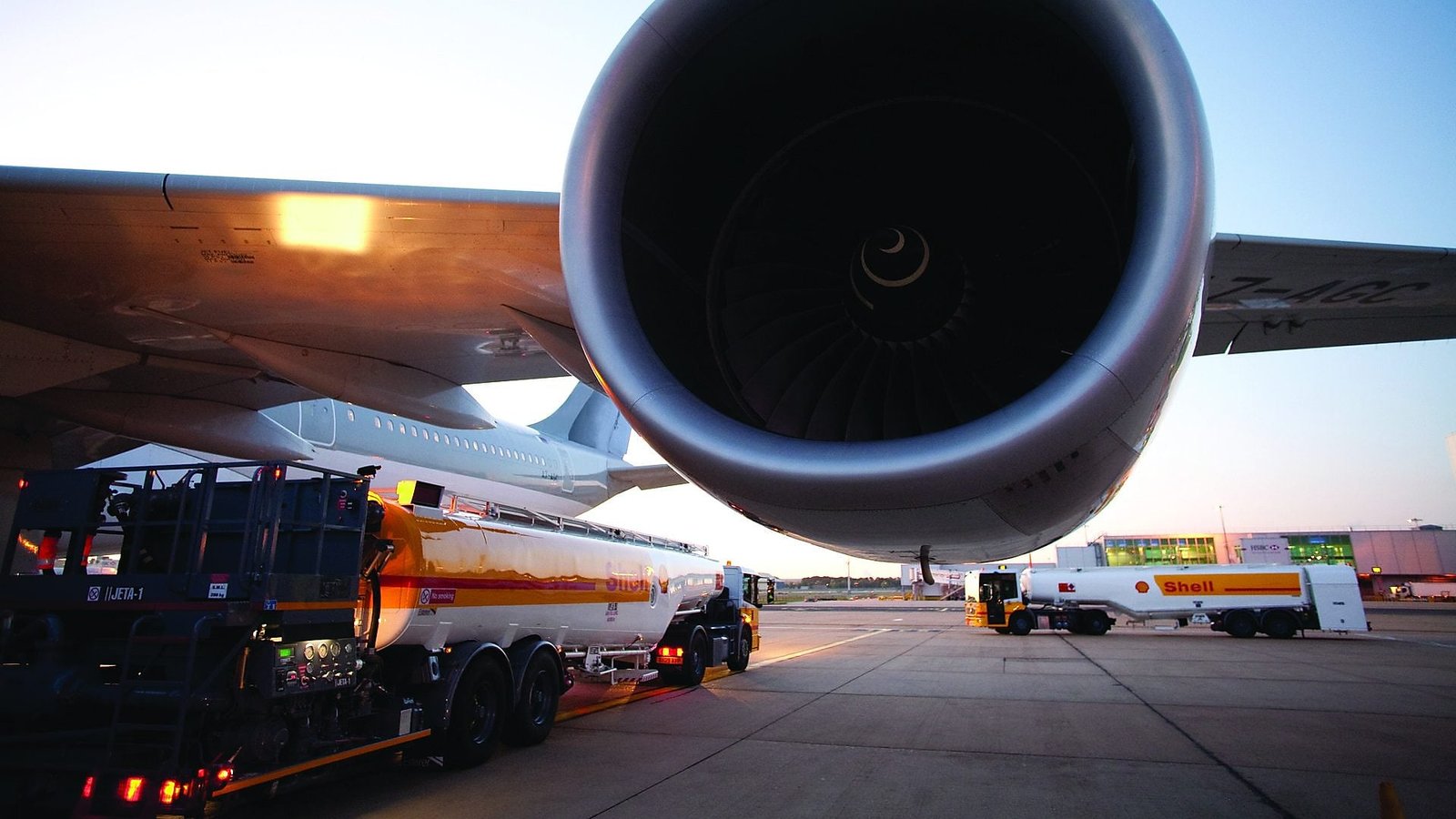Kian Petroleum Company is an international specialized petrochemical company producing various petroleum products such as Types of kerosine jet fuels
kerosine jet fuels
Today’s kerosine jet fuels have been developed from the illuminating kerosine used in the early gas turbine engines. These engines needed a fuel with good combustion characteristics and a high energy content. The kerosine type fuels used in civil aviation nowadays are mainly JET A-1 and Jet A. The latter has a higher freezing point (maximum minus 40 degrees C instead of maximum minus 47 degrees C) and is available only in North America
Summary of Jet Fuel Grades
Jet A-1
Jet A-1 is a kerosine grade of fuel suitable for most turbine engined aircraft. It has a flash point minimum of 38 degrees C (100°F) and a freeze point maximum of -47 degrees C. It is widely available outside the U.S.A. The main specifications for Jet A-1 grade (see below) are the UK specification DEF STAN 91-91 (Jet A-1) Nato code F-35, (formerly DERD 2494) and the ASTM specification D1655 Jet A-1
Jet A
Jet A is a kerosine grade fuel, normally only available in the U.S.A. It has the same flash point as Jet A-1 but a higher freeze point maximum (-40°C). It is supplied against the ASTM D1655 (Jet A) specification
Jet B
Jet B is a distillate covering the naphtha and kerosine fractions. It can be used as an alternative to Jet A-1 but because it is more difficult to handle (higher flammability), there is only significant demand in very cold climates where its better cold weather performance is important. ASTM have a specification for Jet B but in Canada it is supplied against the Canadian Specification CAN/CGSB 3.23
TS-1
TS-1 is the main jet fuel grade available in Russian and CIS states. It is a kerosine type fuel with slightly higher volatility (flash point is 28C minimum) and lower freeze point (<-50C) compared to Jet A-1
American Civil Jet Fuels
The basic civil jet fuel specification used in the United States of America is ASTM Specification for Aviation Turbine Fuels D 1655, which defines the requirements for three grades of fuel
Jet A, a kerosine type fuel having a maximum freeze point of -40 degrees C
Jet A-1, a kerosine type fuel, identical with Jet A but with a maximum freeze point of -47 degrees C
Jet B, a wide-cut type fuel
Jet A is used within the United States by domestic and international airlines
Jet B is rarely available nowadays except in parts of northern Canada where its lower freeze point and higher volatility is an advantage for handling and cold starting
UK Jet Fuels
Although developed basically as a military jet fuel, D. Eng RD 2494, issued by the Ministry of Defence, was adopted as the standard UK civil jet fuel. It is now renamed as DEF STAN 91-91 and defines the requirements for a kerosine type fuel (Jet A-1 grade) having a maximum freeze point of -47 degrees C
Jet A-1 according to the DEF STAN 91-91 specification is very similar to Jet A-1 defined by the ASTM D 1655 except for a small number of areas where DEF STAN 91-91 is more stringent

